What’s happening in the above photo? At first glance, it appears to be a snapshot of a gentleman waiting outside a coffee shop. The exact location can’t be determined, though a mixture of English and German can be read on the signs. He’s wearing a name tag, so perhaps he’s with a tour group.
In fact, he is. The man in the photo is Paul Hilliard, a WWII veteran and the incoming Chairman of the Board of Trustees at The National WWII Museum. I took the photo during a recent Museum tour of Germany and Poland, and there’s much more to the scene than is immediately revealed. We’ll explore it further in a minute.
On the evening of December 6, I will have the honor of conducting a conversation with Mr. Hilliard, who served with the US Marine Corps as a radioman/gunner on 45 combat missions aboard SBD Dauntless dive-bombers in the Philippines campaign. We will talk not only about his service experience, but about his successful postwar career in the oil industry, his love for his adopted state of Louisiana, and perhaps that Museum tour photograph.
Over the years I have gotten to know Paul and his wife Madlyn on a more personal level. A few years ago, I had the privilege to interview him at the Hilliard University Art Museum on the campus of the University of Louisiana at Lafayette. The tour of Germany and Poland earlier this year, for which I served as the Museum’s traveling historian, afforded me even more time with the Hilliards.
At our opening-night dinner in Berlin, it was great to witness Paul assume command as the chairman of the dinner table (see gallery photos below). We all introduced ourselves, and engaged in a wonderful evening full of good conversation and excited talk about what we would see during the coming days. Paul has traveled extensively, but this was to be his first visit to Poland. The following evening, Paul and Madlyn invited me to dinner at his favorite restaurant in Berlin. The schnitzel and beer were excellent!
-

Paul Hilliard.
-

Paul Hilliard in Berlin (with wife Madlyn on his right) at the opening-night dinner of The Rise and Fall of Hitler's Germany tour.
-

At the Aliied Museum in Berlin, Paul Hilliard and WWII veteran Ralph Crump (also a Museum Trustee) inspect an exhibit about the city's Cold War tunnel system.
-

In Warsaw, Ralph Crump and Paul Hilliard tour a museum exhibit about the Wannsee Conference.
Later in Berlin, we visited the Allied Museum, which included an exhibit on the tunnel systems used in the city during the Cold War. Ralph Crump, also a WWII veteran and Museum Trustee, was another tour member. One of the great benefits of my job is the opportunity to talk with men such as Paul and Ralph, not only about their wartime experiences but about what they did with their lives after the war. One can learn a great deal about building character simply by observing and talking with men who have it.
Later on the trip, we visited Warsaw, which suffered utter tragedy during World War II. Warsaw was overrun by Nazi Germany in 1939 in the invasion that started the war in Europe. The Jewish population in the Warsaw Ghetto struggled to survive as the Nazis moved to implement the Final Solution. In 1944, the city revolted against Nazi rule in anticipation of the arrival of the Red Army, only to have the Soviet forces halt on the eastern bank of the Vistula River. This allowed the Germans to crush the resistance, only to retreat and see the Soviets take control of the city. Warsaw was virtually devastated after the war. While visiting one of the museums there, I snapped a quick photo of Paul and Ralph passing in front of an exhibit about the Wannsee Conference in Berlin, where the decision for the Final Solution was reached in January 1942.
I thought at the time about these two World War II veterans who fought in different theaters, Paul in the Pacific and Ralph in the Atlantic and Mediterranean, and about how the events that had happened in Poland had set them on their pathways through the war.
But perhaps the most poignant moment of the tour came back in Berlin, and I was fortunate to capture it with my camera. It’s the photo of Paul at the top of this post, taken while we were visiting the parking lot that has been paved over the Fuhrerbunker, where Hitler committed suicide in 1945 and the Third Reich ended 12 years into what was intended to be a 1,000-year reign. While reading the cheap exhibit sign that explains to visitors the importance of the spot, I looked off to my right.
Paul and Madlyn were standing off to the side, with a banner identifying the Fuhrerbunker site behind them. I don’t know what Paul was thinking, but I know I was thinking about how the men and women of his generation had performed their personal duties and roles, some making the ultimate sacrifice, to end the worst tyranny in history. I was thinking about how fitting it was to see the sight of this veteran, representative of so many others who have now passed from the scene, at this place—quiet and dignified and knowing, I hope, that his efforts and sacrifices and those of so many others had made a deep and great difference in the lives of all the other younger people standing there with him.
It was wonderful to share those experiences with Paul, and it will be wonderful to share more of his life at the Museum on December 6. Please join us if you can.
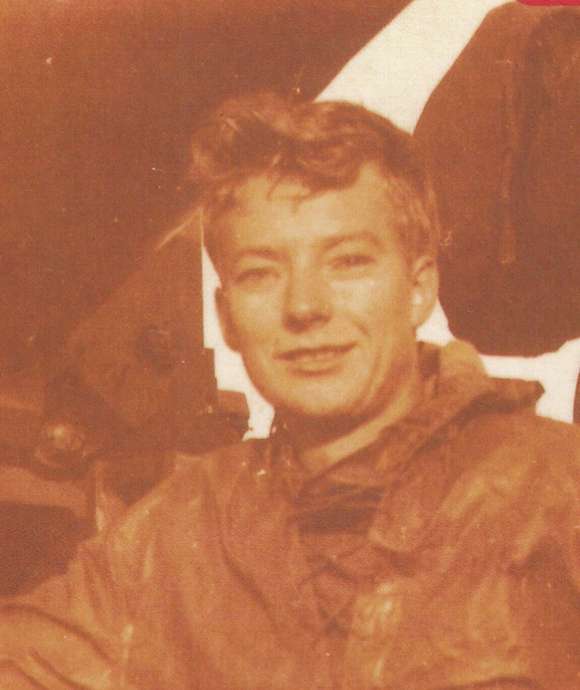
A Veteran's Story
WWII veteran Paul Hilliard shares memories of his wartime experiences and how they shaped his life in Louisiana after the war’s conclusion.
Keith Huxen
Keith is the former Senior Director of Research and History in the Institute for the Study of War and Democracy at The National WWII Museum.
Cite this article:
MLA Citation:
APA Citation:
Chicago Style Citation:
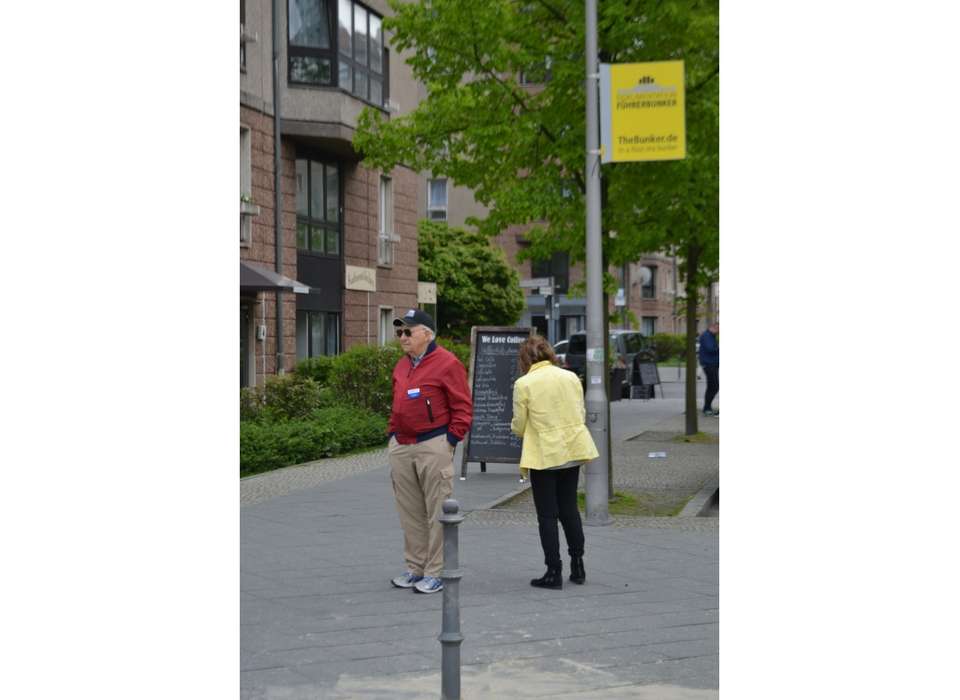
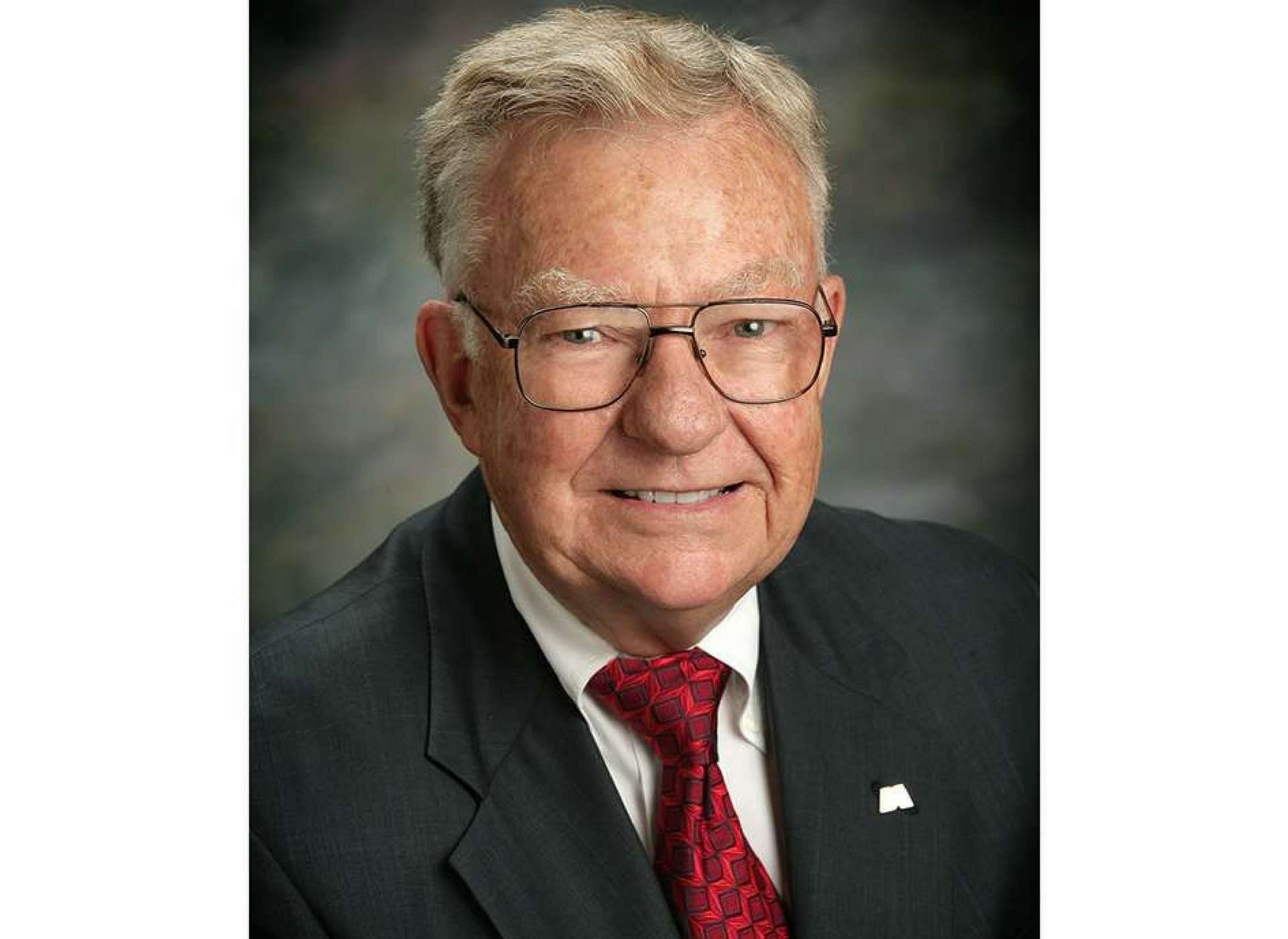
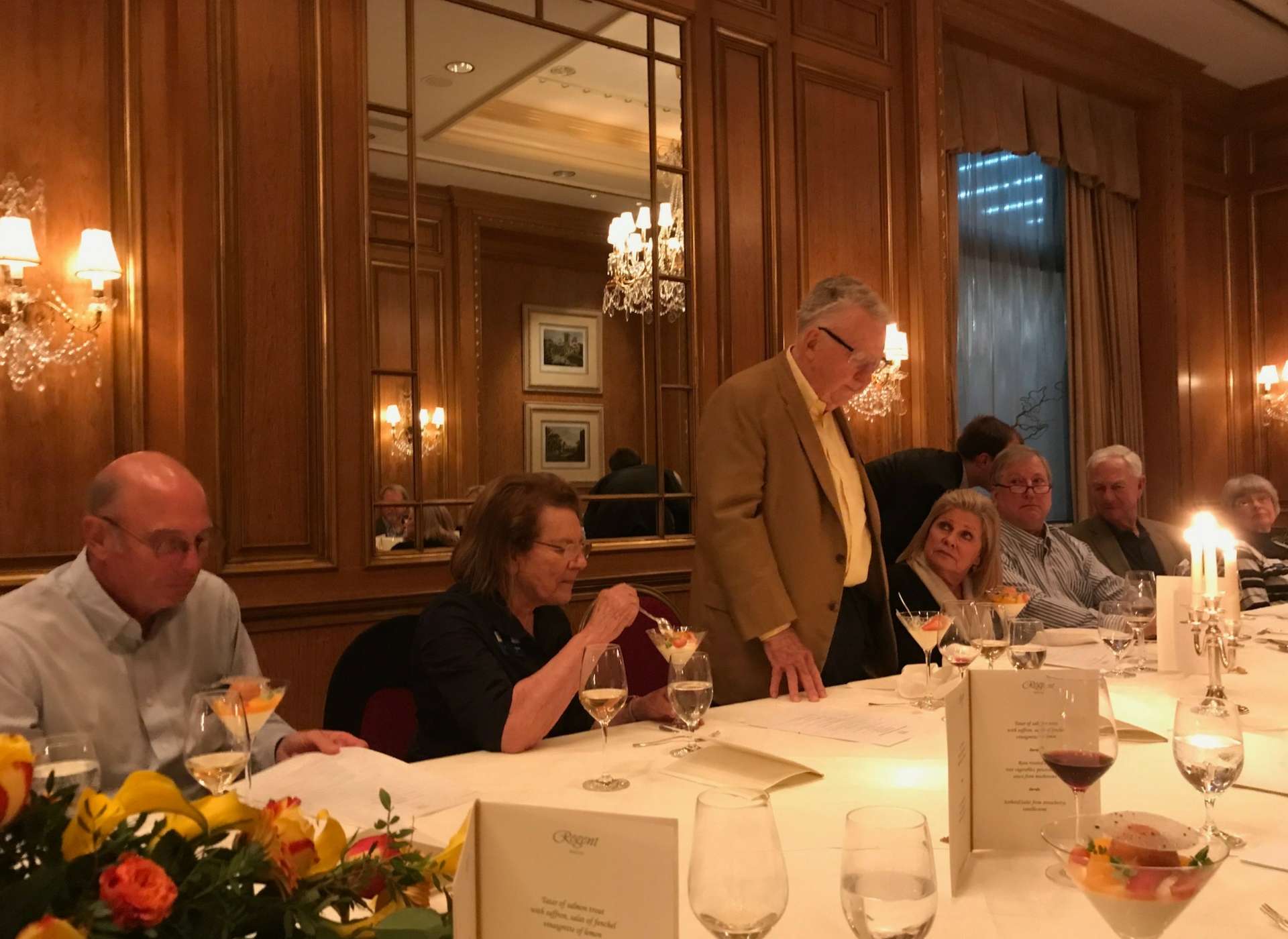
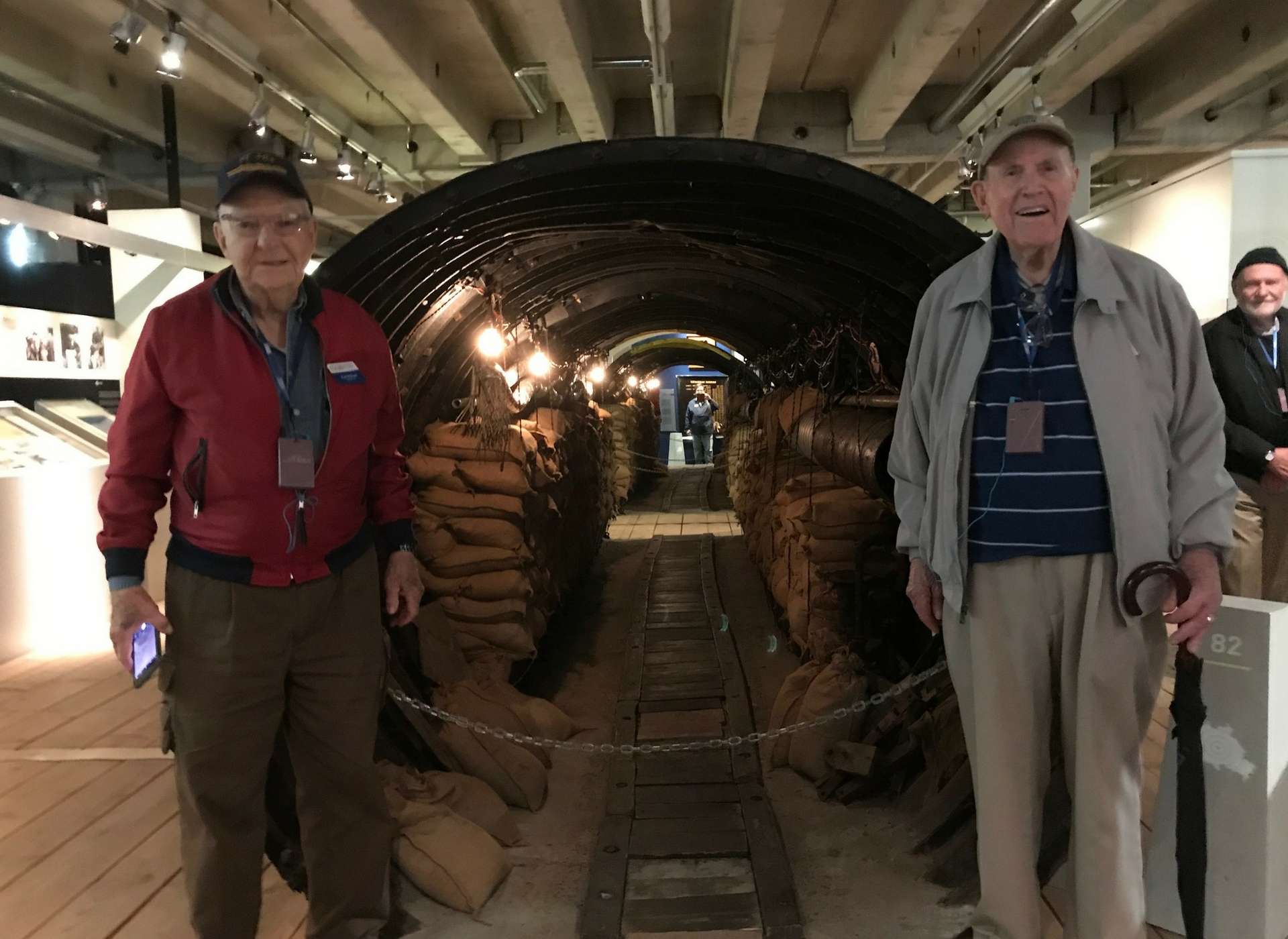
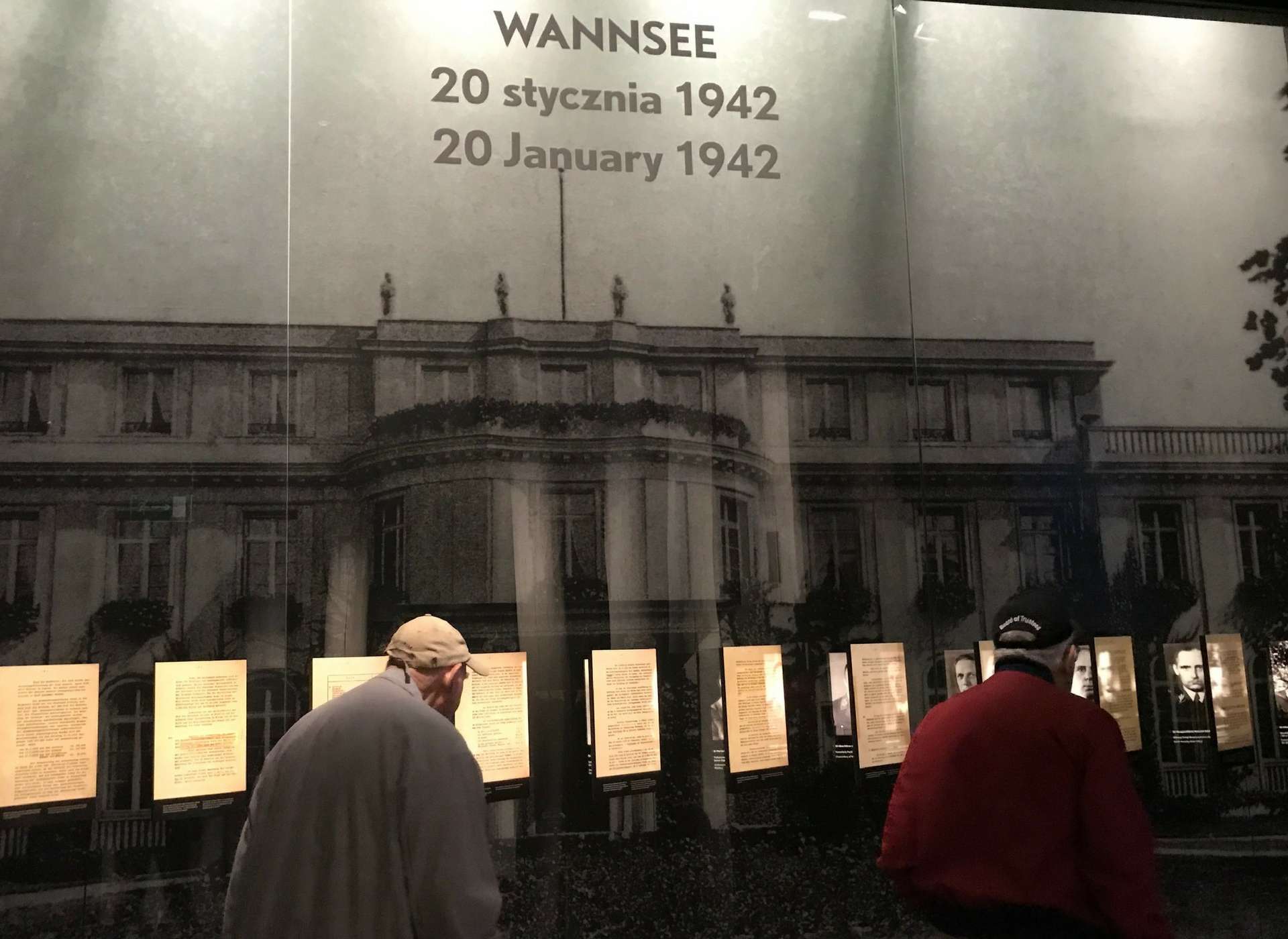

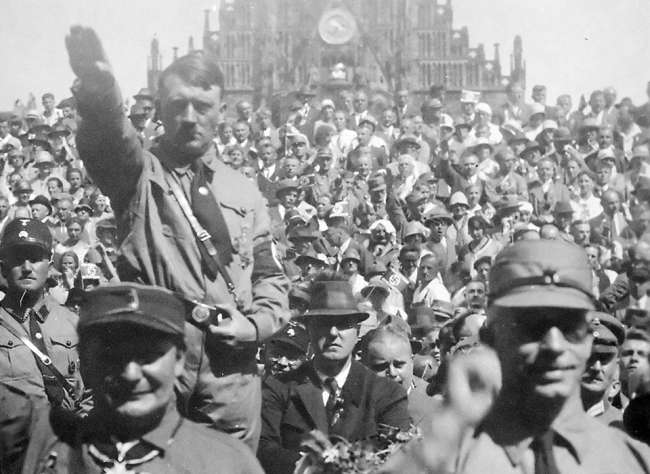





![Max Fuchs, New York City cantor, sings as Rabbi Sydney [sic] Lefkowitz, Richmond, VA, conducts the first Jewish services from Germany.](/sites/default/files/styles/max_650x650/public/2025-10/image1.jpg)

